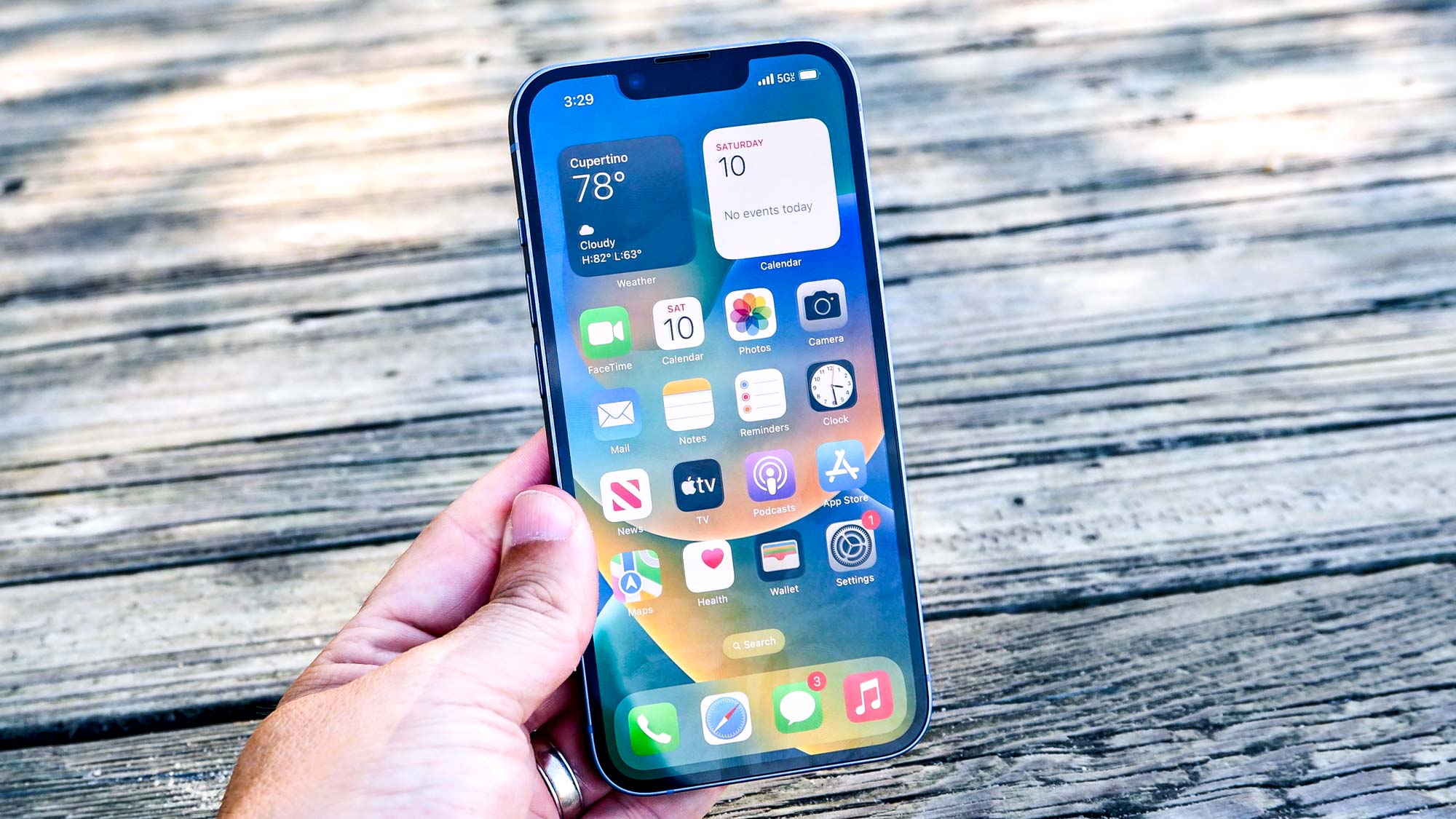
It looks like the new iPhone for 2023 won't feel that new.
The ProMotion display was one of the best features to launch with the iPhone 13 Pro series, and enjoyed some noticeable upgrades with the launch of the iPhone 14 Pro, including an always-on display. But ever since it first appeared people have been wondering when the silky-smooth adaptive refresh rate displays will make it to the new iPhone 15. Unfortunately, new rumors suggest it won’t be for a while.
According to display analyst Ross Young, the 120Hz refresh rate won’t hit all standard iPhone Models until 2025. That means standard iPhone models will be stuck with the same LTPS displays for another two years, rather than upgrading to the ProMotion-friendly LTPO panels.
With years and models this time: pic.twitter.com/hhSzXOWfwDApril 3, 2023
Currently, the iPhone 14’s LTPS OLED display offers a 60Hz refresh rate, while the iPhone 14 Pro’s LTPO offers an adaptive 1-120Hz refresh rate — which dynamically changes according to what’s on screen. The benefits of being able to reach such high refresh rates significantly improve the on-screen experience. But not being locked to 120Hz means there’s less strain on the battery at points where high-refresh rate isn't required..
Assuming Young is correct, which may not be the case, this is quite disappointing to hear. There had been some hope that the iPhone 15 would offer a higher refresh rate, though recent rumors indicate that 60Hz will be sticking around. Young’s latest leak just adds another nail into the coffin that represents our hopes and dreams.
It’s rather ridiculous that a flagship phone, and a new iPhone no less, would be stuck at 60Hz in 2023. Especially since 90Hz refresh rates have been around for almost five years now. Even if Apple wants to keep the adaptive ProMotion display reserved for iPhone Pros for a little longer, it’s about time we got some kind of upgrade; be it 90Hz or a locked 120Hz as anything is better than 60Hz at this point.
iPhone 17 could see a huge change
Young also claims that in 2025, which is when the iPhone 15 will launch, Apple will start hiding the Face ID camera under the display. Only on the Pro models, according to his roadmap, while the selfie camera will still use a hole-punch design — meaning the Dynamic Island probably isn’t going anywhere.
That roadmap claims the iPhone 19 Pro’s front camera (due 2027) will be hidden away under the front panel. The standard iPhone 19 will then reportedly switch to the under panel Face ID and hole-punch combination that debuted two years earlier.
Interestingly, 2027 will mark the 20th anniversary of the first iPhone, and the 10th anniversary of the iPhone X. You may remember that as the first ‘full screen’ iPhone, and the first to include a notch. It’s rather fitting that we may finally get a proper full-screen iPhone model that year. Even if it is only the Pro models.
While we’d rather Apple pick up the pace with ProMotion adoption, under-display cameras are something we’re happy for it to take its time with. Not only is the Dynamic Island a novel way of tackling the notched-screen idea, and pretty useful in its own way, current under-display camera technology isn’t particularly great.
Last year, when testing the Samsung Galaxy Z Fold 3 and the ZTE Axon 40 Ultra, we concluded that under-display cameras aren’t quite ready for mainstream phones. Apple also isn’t the kind of company to rush into these kinds of things, preferring to make sure the technology is of sufficiently high quality first.
So it makes a lot more sense for Apple to gradually hide cameras and sensors underneath the display, before finally making the selfie camera disappear from view. In fact the iPhone 14 Pro’s proximity sensor has already made the move under the display, which is part of the reason the Dynamic Island pill is so much smaller than the iPhone 14’s notch.
But in the case of both features we’re just going to have to sit tight and wait to see what happens. For now, check out our iPhone 15 hub and iPhone 15 Pro hub for all the latest rumors and leaks.







